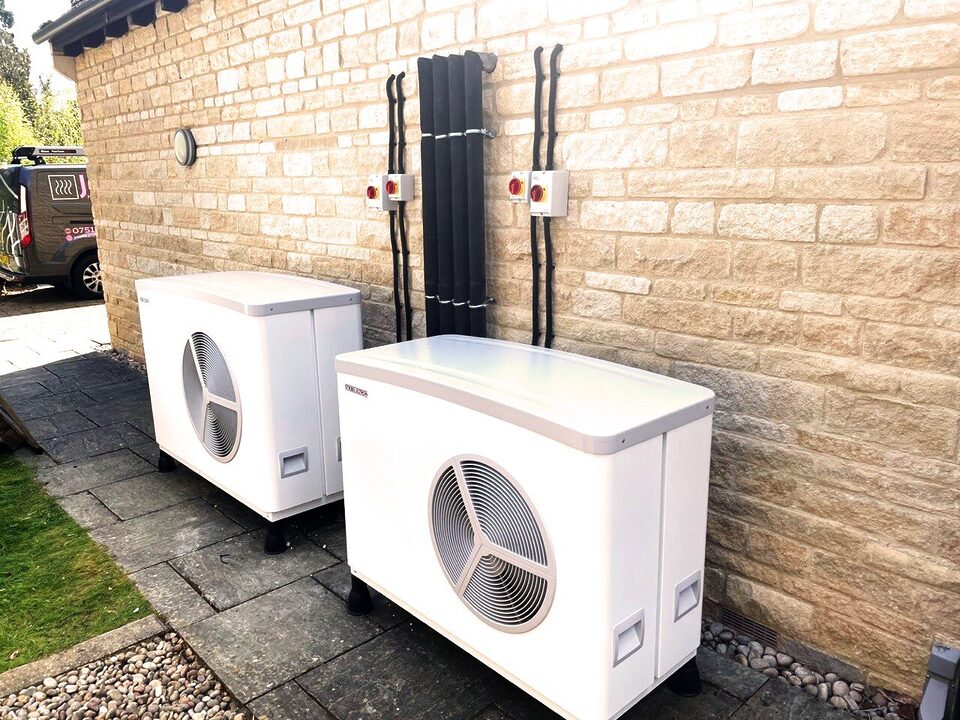Most homeowners know the basics: heat pumps are energy-efficient, they can both heat and cool, and they’re growing in popularity across the UK. But beyond the headlines, there are heat pump facts that might surprise you!
Air source heat pumps can discharge 8 litres of water in a defrost cycle?
Your installer should install a drain and/or soak-away to ensure that the area around the heat pump does not become waterlogged or cause a nuisance. But do consider this when siting the unit!
Most modern air source units are very quiet, but just a few decibels makes a big difference
Did you know that a 10 decibel reduction in sound equates to a 50% reduction in perceived noise? But make sure you compare units like for like, using the same testing standard and always use sound levels at the EN 12102 standard.
You can’t cover an air source heat pump or you risk re-entrainment, but there are other ways to blend it in to your garden
Air coming out of the front of the unit is very cold and will naturally sink to the ground. If there is insufficient airflow around the heat pump you can get what is called re-entrainment of the exhaust air, where it is drawn back into the pump. The cold air needs plenty of air movement to dissipate and prevent the creation of a cold microclimate around the heat pump, reducing its efficiency.
Whilst you cannot “cover” an air source unit you can screen them if you do so in line with the manufacturer’s minimum clearance requirements, which are provided in the installation manual. Typically, this is only around 300mm to the rear of the unit, so a common approach to reduce visual impact is to site the unit against a back wall of a property so it cannot be seen from windows.
Screening to the front and sides of the unit is possible, but again consideration must be given to free movement of air and minimum clearances.
Another option to consider is camouflaging the unit with a custom spray paint or vinyl wrap. You should be aware that these may affect the warranty on your casing, but homeowners do often seem to consider that an acceptable risk.

Changing to a heat pump from a gas boiler not only helps prevents global warming it means cleaner air in your immediate neighbourhood
Boilers are one of the largest causes of high Nitrous Oxide levels in urban areas, accounting for 72% of the NOₓ emissions in London according to a recent study from the University of York. So acute is the air quality situation in some parts of London, that local authorities mandate the installation of NOₓ detectors and require lower-level floors to have air purification systems and windows that cannot be opened.
Outdoor air source heat pumps do need some basic maintenance to keep them running well
Unlike a boiler they are exposed to the elements so an annual check before winter is a sensible practice. As they are installed outside it is important to keep them clear of debris, leaves, dirt and grass clippings. Trim back any shrubs or plants so that the clearances around the unit are maintained. Also, check the top and sides for obstructions, airflow around the unit must remain unrestricted for efficient operation.
This guest post was written by John Felgate, Managing Director of STIEBEL ELTRON UK.


